
Although released concurrently with Tombs by Denovali, Loss is actually London engineer/musician Tim Garratt's second effort as Moon Zero.  While it shares Tombs’ unique approach of being composed and recorded entirely in an empty church, Loss is the fruit of Garratt's attempt to transform his aesthetic into something that he could perform live, resulting in a much more muscular, rhythmic approach without sacrificing much of the ghostly ambience that made his earlier compositions so compelling.  At its best, Loss resembles something like a rawer and more spontaneous Tim Hecker with a few very cool tricks up his sleeve.


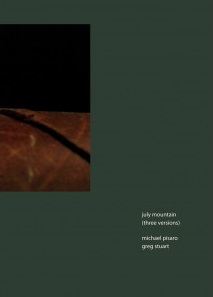 Wallace Stevens wrote "July Mountain" in the last year of his life, suffering from stomach cancer. A recognition of mortality and imperfection hides in his poem’s first eight lines. They gently and beautifully remind the reader that life on earth is a fragmented thing, and that there are no conclusions, no full and final stops that shine a light on all the dark corners in the world. Instead we are all "thinkers without final thoughts in an always incipient cosmos," forever watching the world and the stars spin themselves into new configurations. The poem explicitly uses music as an image for that interminable metamorphosis, and Michael Pisaro’s composition of the same name demonstrates just how apt an image it is. July Mountain (Three Versions) illustrates Stevens’s contention, combining field recordings with incredibly stealthy musical contributions provided by Greg Stuart. Bowed snare drums, piano, bird calls, jet engines, and numerous other sounds, from sine tones to insects, unexpectedly coalesce over its 21 minutes, forming a quivering and effervescent peak for anyone willing to make the ascent.
Wallace Stevens wrote "July Mountain" in the last year of his life, suffering from stomach cancer. A recognition of mortality and imperfection hides in his poem’s first eight lines. They gently and beautifully remind the reader that life on earth is a fragmented thing, and that there are no conclusions, no full and final stops that shine a light on all the dark corners in the world. Instead we are all "thinkers without final thoughts in an always incipient cosmos," forever watching the world and the stars spin themselves into new configurations. The poem explicitly uses music as an image for that interminable metamorphosis, and Michael Pisaro’s composition of the same name demonstrates just how apt an image it is. July Mountain (Three Versions) illustrates Stevens’s contention, combining field recordings with incredibly stealthy musical contributions provided by Greg Stuart. Bowed snare drums, piano, bird calls, jet engines, and numerous other sounds, from sine tones to insects, unexpectedly coalesce over its 21 minutes, forming a quivering and effervescent peak for anyone willing to make the ascent.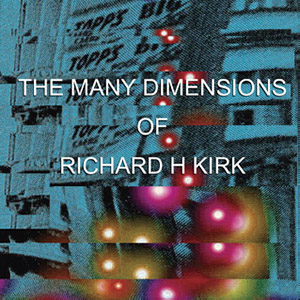 With the reissue of the Cabs' mid-period work last year and Richard H. Kirk's revival of the name for some upcoming performances, this boxed set arrives at just the right time to help brush up on his voluminous solo projects. Compiling three albums released digitally in the past few years, it does an exceptional job at capturing at least part of his multiple personalities, and if nothing else demonstrates just how relevant he continues to be.
With the reissue of the Cabs' mid-period work last year and Richard H. Kirk's revival of the name for some upcoming performances, this boxed set arrives at just the right time to help brush up on his voluminous solo projects. Compiling three albums released digitally in the past few years, it does an exceptional job at capturing at least part of his multiple personalities, and if nothing else demonstrates just how relevant he continues to be. Hubrizine sees Theologian's extremely prolific Lee Bartow reworking material provided by the duo of Jasse Tuukki and Toni Myöhänen (Strom.ec) into a noisy mass of sci-fi tinged electronics in tribute to Philip K. Dick. Even with the large number of Theologian releases, he shapes this material into an album that shapes the ugliness of noise into captivating musical structures with an impressive depth that makes for a distinct, unique sounding record.
Hubrizine sees Theologian's extremely prolific Lee Bartow reworking material provided by the duo of Jasse Tuukki and Toni Myöhänen (Strom.ec) into a noisy mass of sci-fi tinged electronics in tribute to Philip K. Dick. Even with the large number of Theologian releases, he shapes this material into an album that shapes the ugliness of noise into captivating musical structures with an impressive depth that makes for a distinct, unique sounding record. These two new releases from Deupree's 12k label have him working in very different capacities. On his collaborative release with Vitiello, his sonic perfectionism is the focus, all hushed melody and introspective expanses of sound. On the compilation, however, he opens up a bit and shares some early versions and sketches, warts and all, that leads to a very different experience.
These two new releases from Deupree's 12k label have him working in very different capacities. On his collaborative release with Vitiello, his sonic perfectionism is the focus, all hushed melody and introspective expanses of sound. On the compilation, however, he opens up a bit and shares some early versions and sketches, warts and all, that leads to a very different experience. Excitotoxicity is an unwanted process where neurons become over-activated from a surplus of the neurotransmitter glutamate, resulting in cell death and, ultimately, tissue damage and degeneration. Essentially, neurons receive too much stimulation causing the usually well-balanced internal physiology of each cell to become off-kilter and produce excessive levels of harmful molecules that break the neuron down from the inside-out. It is believed to be an underlying part of a number of serious neurological diseases including motor neuron disease, a disease that Graham Bowers has become a victim of. This album is partly a musical diary, an artistic interpretation of neurophysiological processes and a very human response to an unfathomable loss of control.
Excitotoxicity is an unwanted process where neurons become over-activated from a surplus of the neurotransmitter glutamate, resulting in cell death and, ultimately, tissue damage and degeneration. Essentially, neurons receive too much stimulation causing the usually well-balanced internal physiology of each cell to become off-kilter and produce excessive levels of harmful molecules that break the neuron down from the inside-out. It is believed to be an underlying part of a number of serious neurological diseases including motor neuron disease, a disease that Graham Bowers has become a victim of. This album is partly a musical diary, an artistic interpretation of neurophysiological processes and a very human response to an unfathomable loss of control.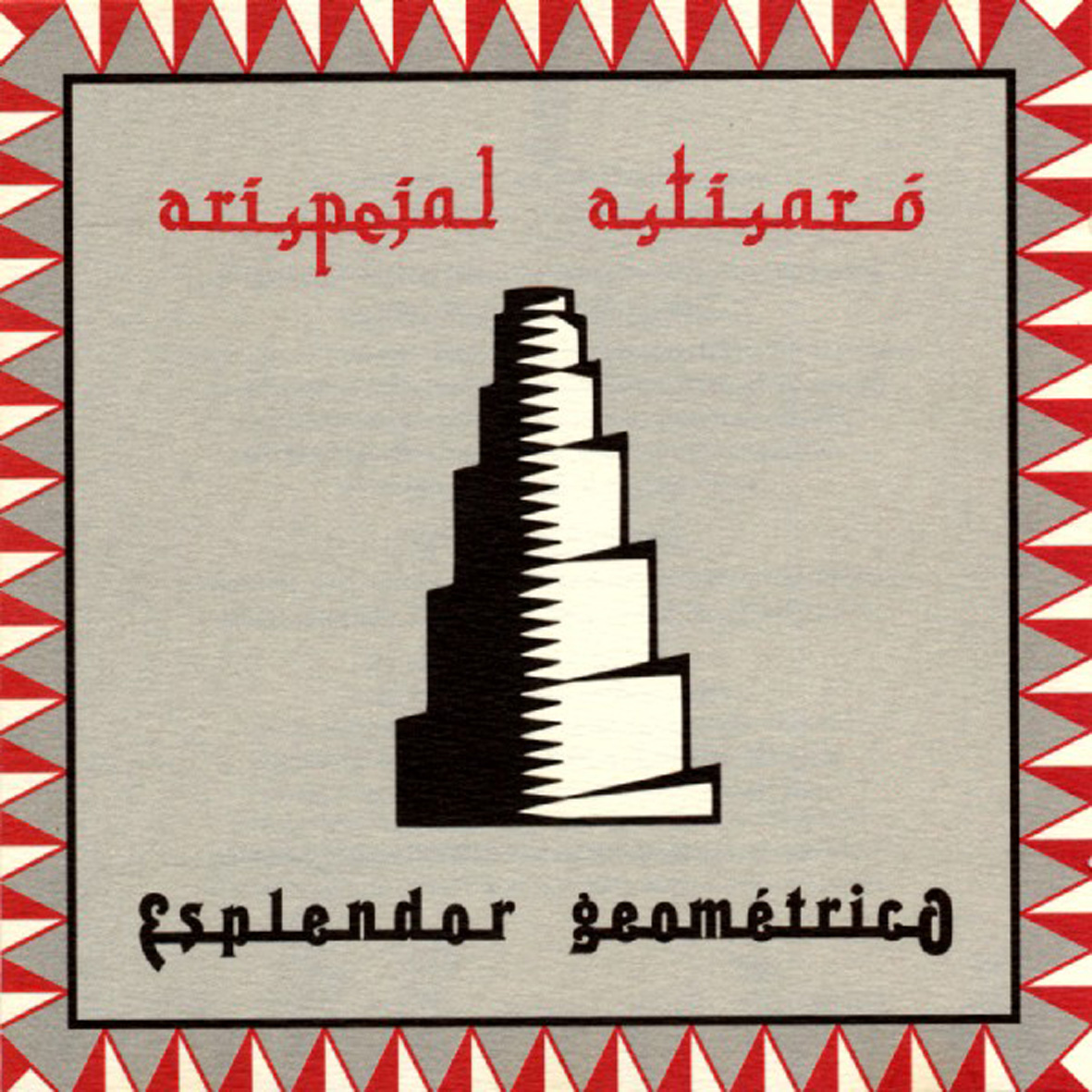
 Protection is a long-gestating synth duo consisting of New Orleans' Sam Houston and NYC's Daniel McKernan, the latter of whom has collaborated with both Coil and Cyclobe in the past. Given that pedigree, it is not surprising that this debut EP boasts a distinct Coil influence, but that nocturnal, hallucinatory thread is wonderfully bolstered by both a knack for strong hooks and a guest appearance by the always charismatic Little Annie.
Protection is a long-gestating synth duo consisting of New Orleans' Sam Houston and NYC's Daniel McKernan, the latter of whom has collaborated with both Coil and Cyclobe in the past. Given that pedigree, it is not surprising that this debut EP boasts a distinct Coil influence, but that nocturnal, hallucinatory thread is wonderfully bolstered by both a knack for strong hooks and a guest appearance by the always charismatic Little Annie.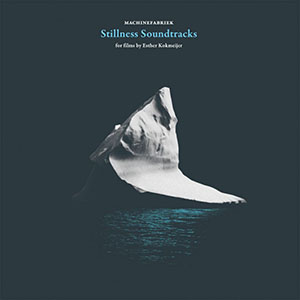 This material is a series of soundtracks that Rutger Zuydervelt composed to complement Esther Kokmeijer's short films of Antarctica and Greenland, thus fitting in well with this Italian label's frigid, isolationist aesthetic.  Rather than overemphasizing minimalism and emptiness, Zuydervelt instead works in subtle and understated conventional electronic moments in, giving the album a unique feel rather than by-the-book sparseness that could have been.
This material is a series of soundtracks that Rutger Zuydervelt composed to complement Esther Kokmeijer's short films of Antarctica and Greenland, thus fitting in well with this Italian label's frigid, isolationist aesthetic.  Rather than overemphasizing minimalism and emptiness, Zuydervelt instead works in subtle and understated conventional electronic moments in, giving the album a unique feel rather than by-the-book sparseness that could have been.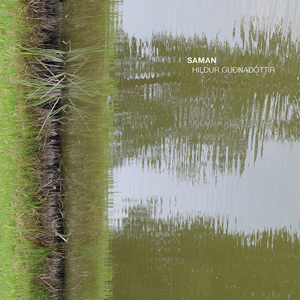 The Touch label's extensive roster only has a few artists who would be considered classical in the traditional sense, and Hildur Gudnadottir is one of those.  With instrumentation consisting only of her cello and her voice on some of these pieces, and guest musician Skuli Sverrisson on bass for one of them, Saman is a stripped down affair that excels at what it intends to do, but does not step out of that comfort zone either.
The Touch label's extensive roster only has a few artists who would be considered classical in the traditional sense, and Hildur Gudnadottir is one of those.  With instrumentation consisting only of her cello and her voice on some of these pieces, and guest musician Skuli Sverrisson on bass for one of them, Saman is a stripped down affair that excels at what it intends to do, but does not step out of that comfort zone either.
